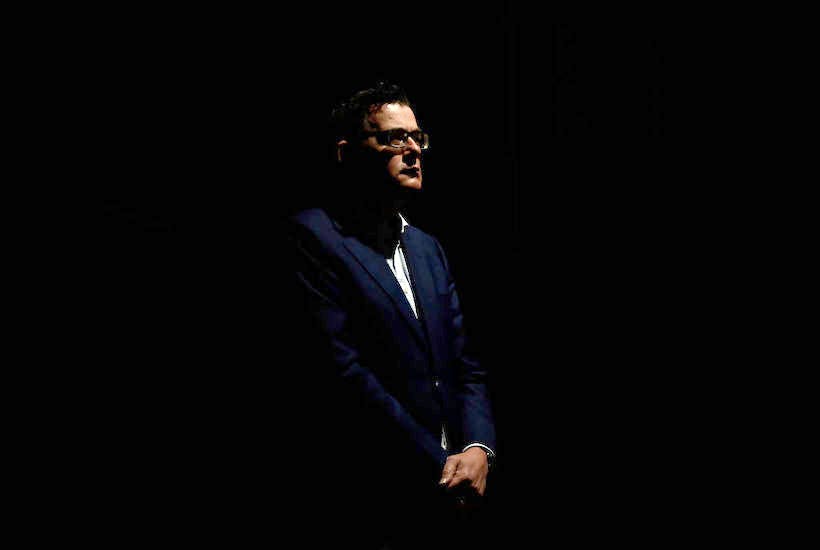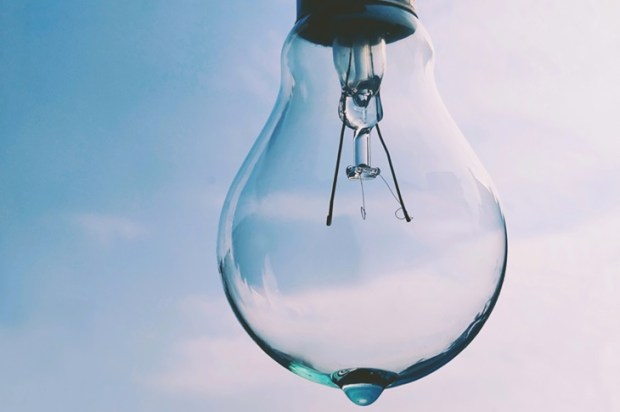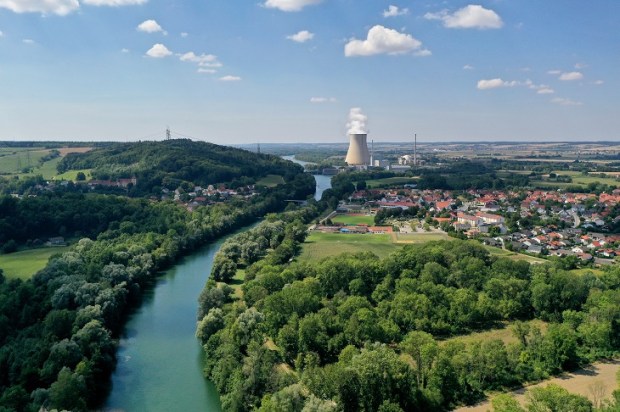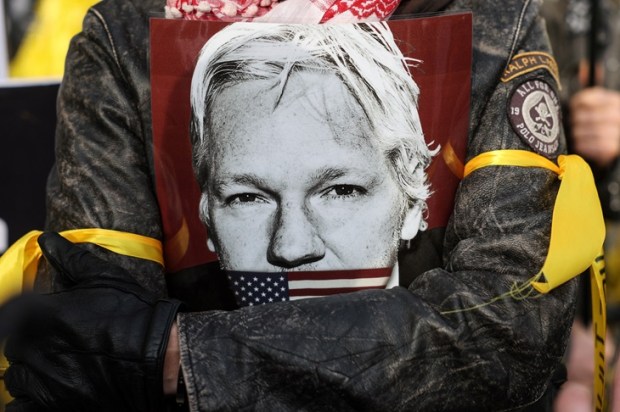Victoria has announced its intent to go much further than the federal government in requiring the substitution of renewable energy for the much cheaper and more secure energy that is provided from its endless supplies of high-quality brown coal. Compared with the national policy of reducing emissions by 26 to 28% by 2030, Victoria is opting for a 45 to 50% reduction. Not
Already a subscriber? Log in
Subscribe for just $2 a week
Try a month of The Spectator Australia absolutely free and without commitment. Not only that but – if you choose to continue – you’ll pay just $2 a week for your first year.
- Unlimited access to spectator.com.au and app
- The weekly edition on the Spectator Australia app
- Spectator podcasts and newsletters
- Full access to spectator.co.uk
Or


























Comments
Don't miss out
Join the conversation with other Spectator Australia readers. Subscribe to leave a comment.
SUBSCRIBEAlready a subscriber? Log in